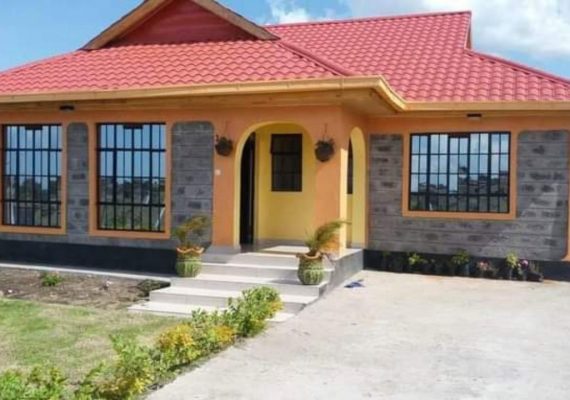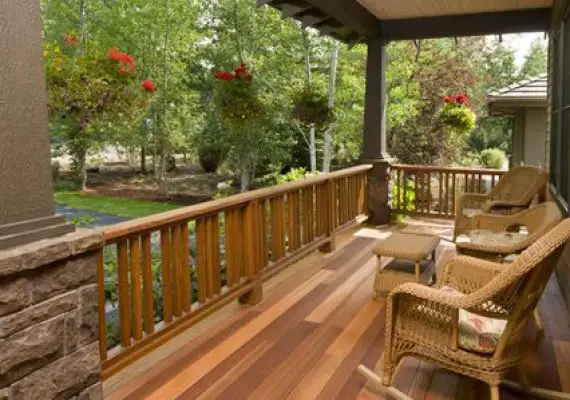What Is A Bungalow? Advantages Of Living In A Bungalow
What Is A Bungalow?
Bungalows are single-story or have a second story built into a sloping roof, often with dormer windows and surrounded by verandas. The first recorded bungalow in England was built in 1869, and in America it gained popularity as a vacation home during the Arts and Crafts movement between 1900 and 1918. The term “bungalow” is derived from “bangla,” meaning a house in the Bengal style.
Bungalows are practical for aging adults or those with disabilities due to their small size and ease of maintenance. Additionally, they are cost-efficient, with lower heating and cooling costs, and tend to have higher property values. They offer more space for modifications and additions compared to multi-story homes and offer more privacy.
However, bungalows tend to occupy more land and require more materials for roofing, making the initial costs higher per square foot. They also tend to have fewer rooms, with a larger living room instead of multiple bedrooms, and are more susceptible to break-ins.
In conclusion, bungalows offer a convenient and cost-efficient option for those seeking a small and easy-to-maintain home, but it is important to consider the trade-off of larger land use and potential security concerns.
History Of Bungalows
Bungalows originated in Bengal, India during British rule, possibly in the mid-17th century, as temporary homes for ambassadors and travelers.
In the mid-19th century, the style became popular in Britain and later in the early 20th century in the United States, particularly in Southern California where the demand for small single-family homes was driven by LA’s urban expansion.
Bungalows found many supporters in architecture and design due to their alignment with the architectural movements of Southern California. The style then spread across the country, becoming very popular.
In Chicago, bungalows are one-and-a-half-story homes with a full basement, designed to fit on narrow city lots, and are characterized by brick construction, low-pitched hipped roofs, broad overhangs, and porches with street-level steps.
Bungalows were also a forerunner of contemporary pre-fab homes and during their peak popularity in the 1930s, some companies even developed bungalow kits that included all construction materials and were assembled by local craftsmen.
Design Considerations Of Bungalow
Bungalows are convenient homes with all living spaces on one level, making them ideal for individuals with mobility issues such as the elderly or those in wheelchairs. Neighborhoods composed entirely of bungalows offer more privacy compared to two-story homes.
Bungalows, being one or one and a half stories, can easily be shielded from neighbors’ view with strategically placed trees and shrubs, unlike two-story houses that require taller trees for privacy. Additionally, bungalows are cost-effective, but their low-density design can contribute to urban sprawl. In Australia, bungalows feature broad verandas to provide shade from the intense sun but can result in excessive darkness inside, requiring artificial lighting even during the day.
Advantages Of Living In A Bungalow
Bungalow homes continue to be popular due to their affordability, especially in high-priced urban areas. The three key benefits of living in a bungalow include affordability, privacy, and accessibility. Bungalows are more budget-friendly than apartments or condos in large buildings.
They also offer more privacy with their own lot space and landscaping. Lastly, their single-story design makes them suitable for those with mobility challenges.
Disadvantages Of Living In A Bungalow
Privacy: Bungalows have large ground-level windows, which may affect privacy. To address this, some owners plant foliage or install screens.
Size: Bungalows are ideal for single families but limited in space, with open floor plans challenging for multiple residents or families with children. To maximize space, some homeowners convert the front porch into living space.



